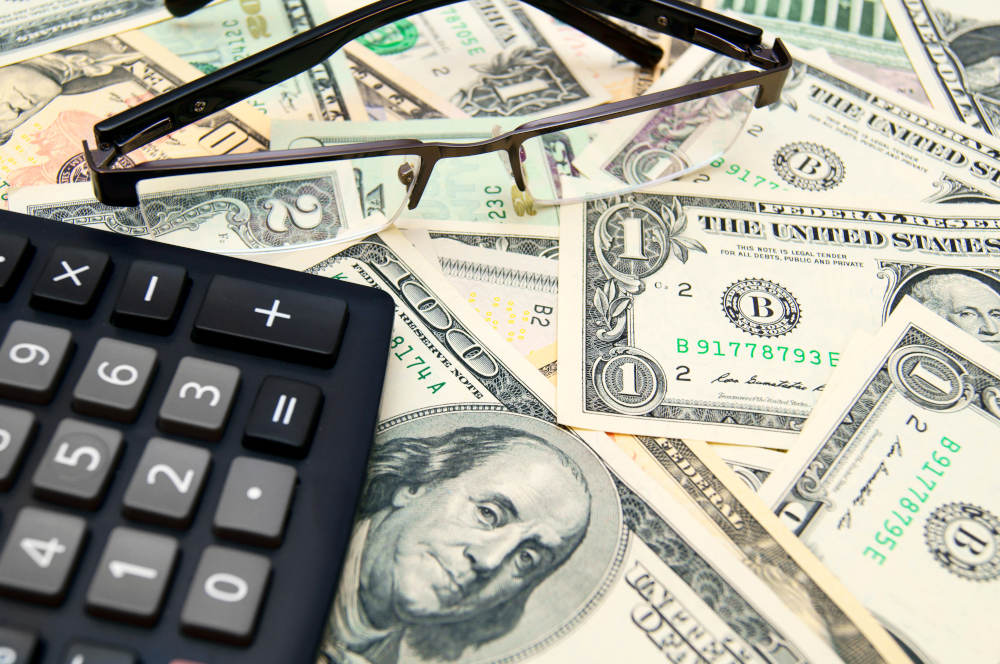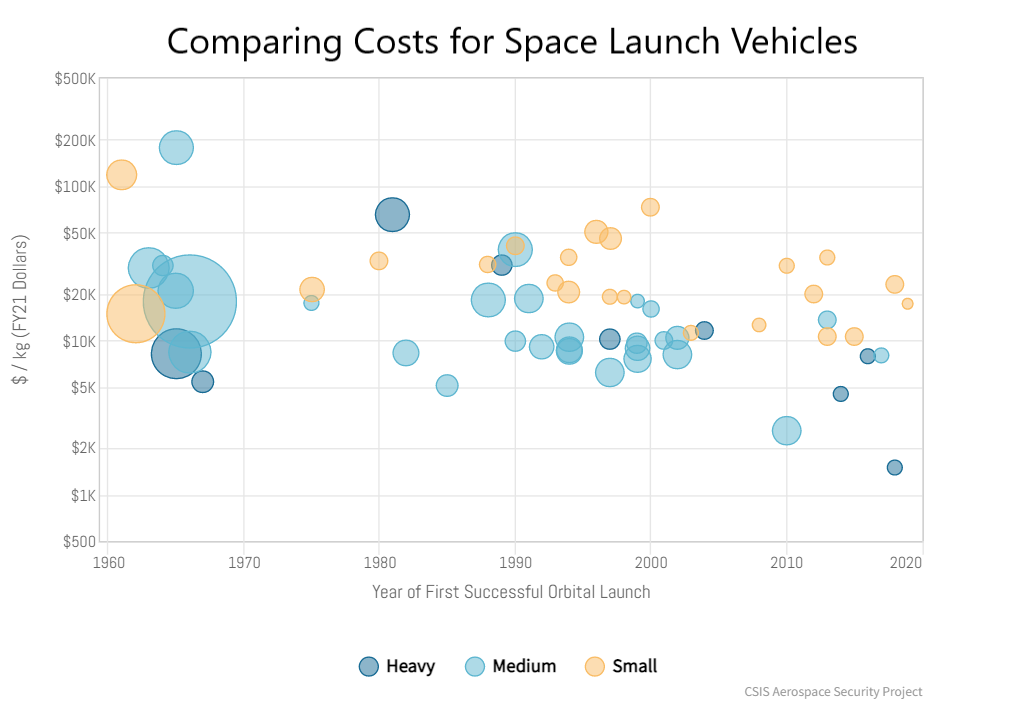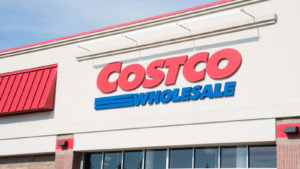As we face the current 2021 inflation, we are reminded that inflation is an economic factor that everyone is constantly trying to outrun. You see this among professionals who try to increase their salaries through continuing education and job advancement.
Investors worldwide share the same financial philosophies; we can’t reasonably expect them to do so because their goals will differ according to socioeconomic factors. American investors, for example, have a clear advantage in terms of being able to earn and spend the United States dollar, which happens to be the world’s most stable and valuable international currency. There’s also the strength of the American economy to consider; this is a country where steady and gradual growth translates into a low risk of inflation, but this does not mean that American investors are impervious to inflationary pressures.

Economic Recovery & 2021 Inflation
Even at the most critical point of the financial crisis brought on by the coronavirus pandemic of 2020, virtually all economists were confident about the ability of the U.S. economy to recover; nonetheless, there were concerns about how economic recovery would look. A few economists feared that an economy of inflation would be a necessary evil on the road to recovery, and they were right.
– Advertisement –
In mid-July, economists from the U.S. Labor Department reported that consumer prices hit their highest levels since the height of the Great Depression in 2008. U.S. consumers were squeezed by nearly 5.4% on a year-over-year level, but neither the Federal Reserve nor the White House seemed to be too concerned. Government economists believe that the 2021 inflation should subside over the next few months, but what would happen if things did not go as expected?
Even though Americans do not have to worry about hyperinflation or macroeconomic shifts, there is a strong chance that some of the consumer price spikes being experienced during this economic recovery are here to stay. We are already seeing this in the home renovations and remodeling segment, where supply and demand issues have pushed the prices of materials by more than 30% compared to last year. This is real, bottom-line inflation for working Americans; construction materials will likely adjust downwards towards the end of the year, but they may still be somewhere between 15% to 20% higher than in 2020.

Investment Strategy Amid an Economy of Inflation
Lawmakers and the federal government have tools they can deploy to combat inflation. The Federal Reserve Bank can enact monetary policies such as the prime lending rate. Members of Congress can pass legislation to increase the minimum wage. This is where we are in 2021; lawmakers probably felt that it was high time to do so because inflation has been nipping at the heels of American consumers for some time.
You see this among workers who take on overtime hours or start driving for Uber. You see this among business owners who take out commercial loans in order to expand their operations.
Investing can be one of the best antidotes against inflation, but only if you apply the right strategy. Some market analysts correctly point out that the S&P 500 has been proven to outpace inflation when the investment horizon is set for a couple of decades. Over time, the inflationary spikes in the American economy will level off somewhere in the range between 3.5% and 6% on an annual basis.
If you play your cards right with a compound interest portfolio that is generating 10% each year with very little risk. As long as you make disciplined contributions to your compounding account, the impact of inflation during the economic recovery will not affect your finances too much.
– Advertisement –



